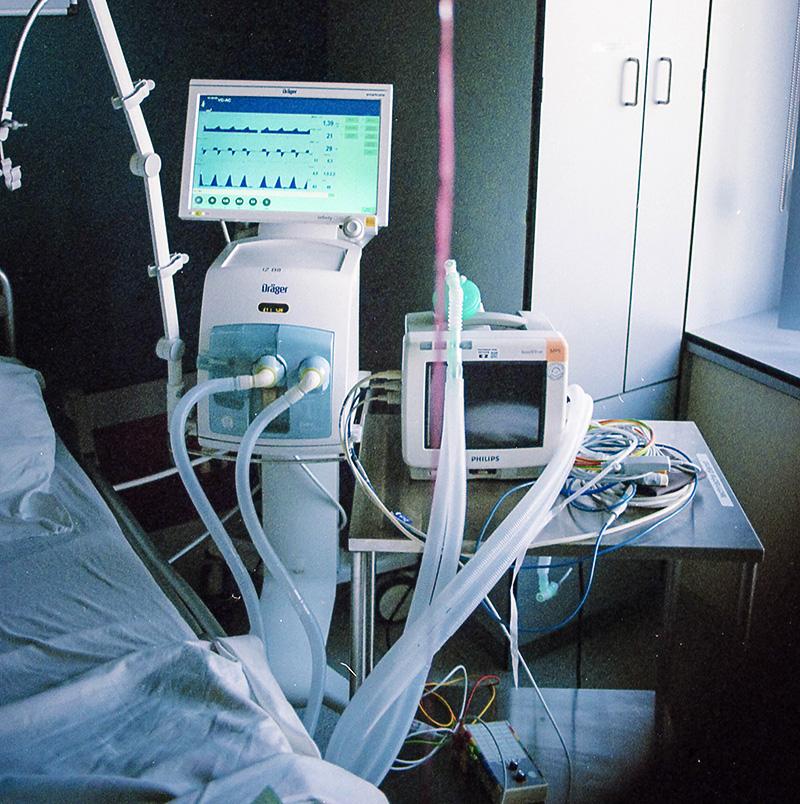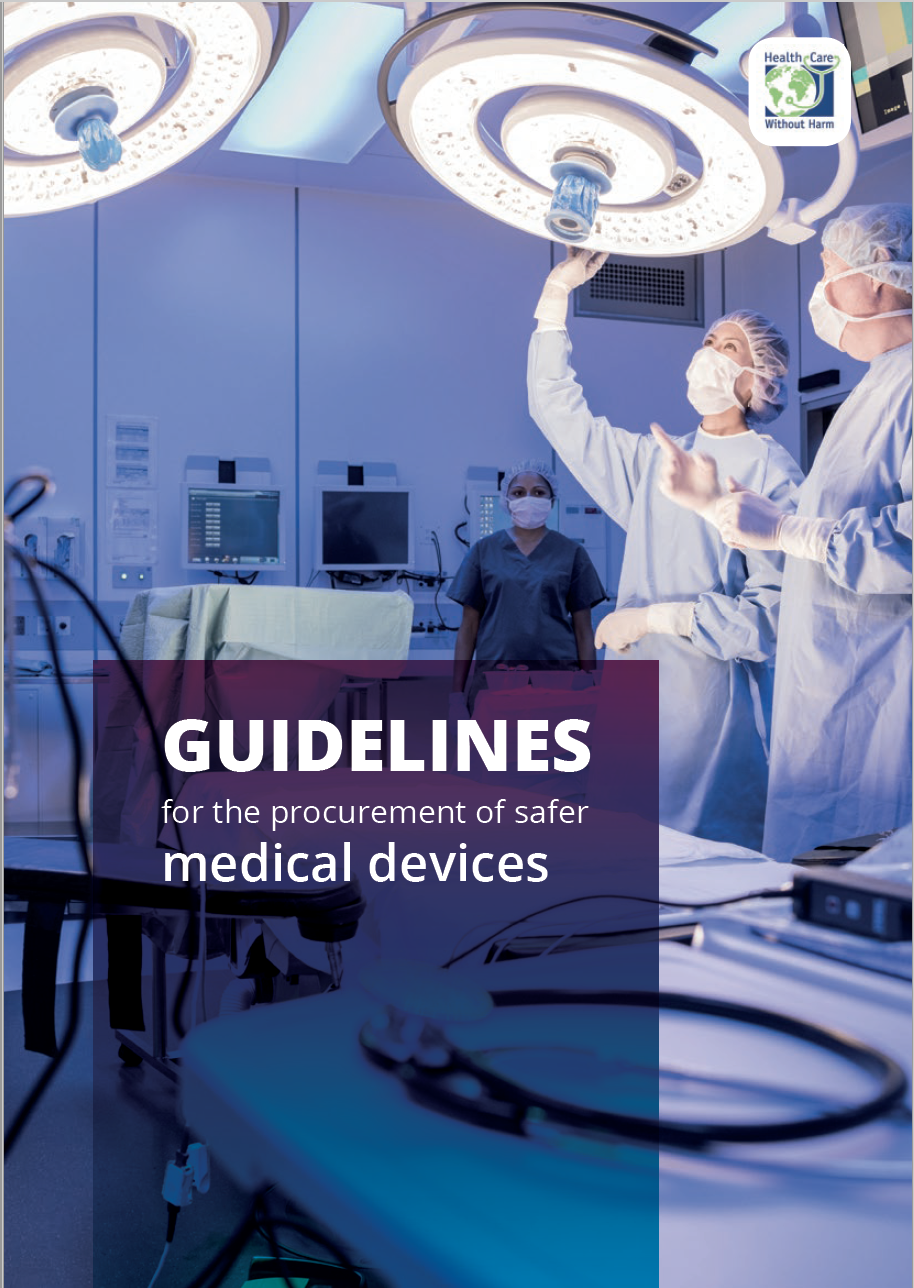Whilst they play an essential role in healthcare delivery, medical devices may contain hazardous substances that pose risks to patient health and staff safety through their use and disposal. These substance include carcinogenic, mutagenic and reprotoxic substances (CMRs) or endocrine disrupting chemicals (EDCs), including phthalates.

Sustainable procurement in healthcare not only provides environmental and financial benefits for the procuring organisation, but can also contribute to greater patient and employee safety and social well-being. Stockholm County Council’s phase-out list, for example, not only addresses the hazard of phthalates but also latex and powders in gloves can trigger allergenic reactions in patients and staff that use them.
Sustainable procurement in healthcare not only benefits the procurer, it also benefits local communities and the wider society. In addition to traditional public procurement principles and practices, sustainable procurement also considers social, environmental, and economic factors such as: fair working conditions, developing local communities, carbon footprint reduction, and lifecycle costs.

With more than 15,000 hospitals, the healthcare sector represents over 7% of European GDP - with this great purchasing power, healthcare procurers can use their influence in medical device market to move towards safer, more sustainable products.
Hospitals and health systems have the moral responsibility and social obligation to make responsible decisions that guarantee both human and environmental health, as well as social justice throughout their entire supply chain – let’s build a European healthcare sector that truly does no harm.